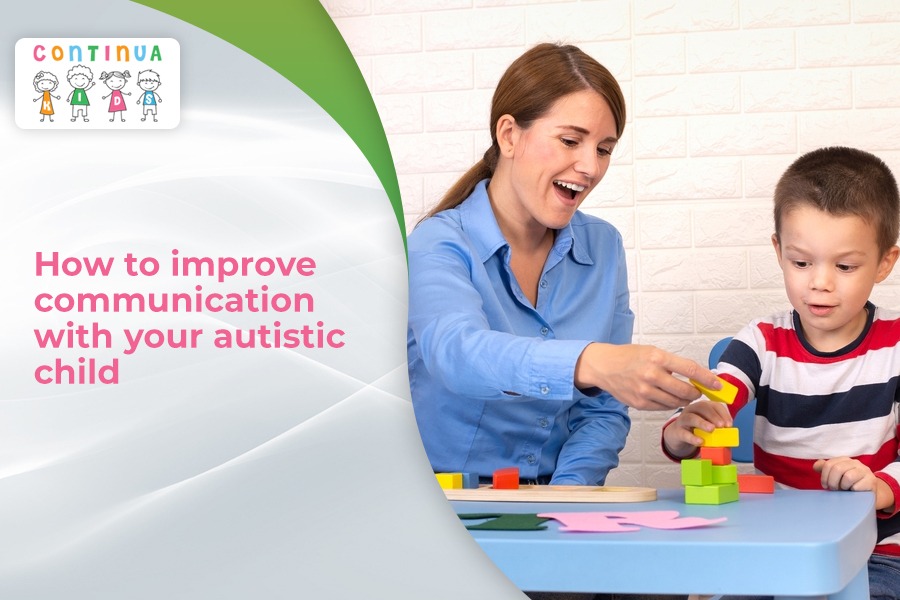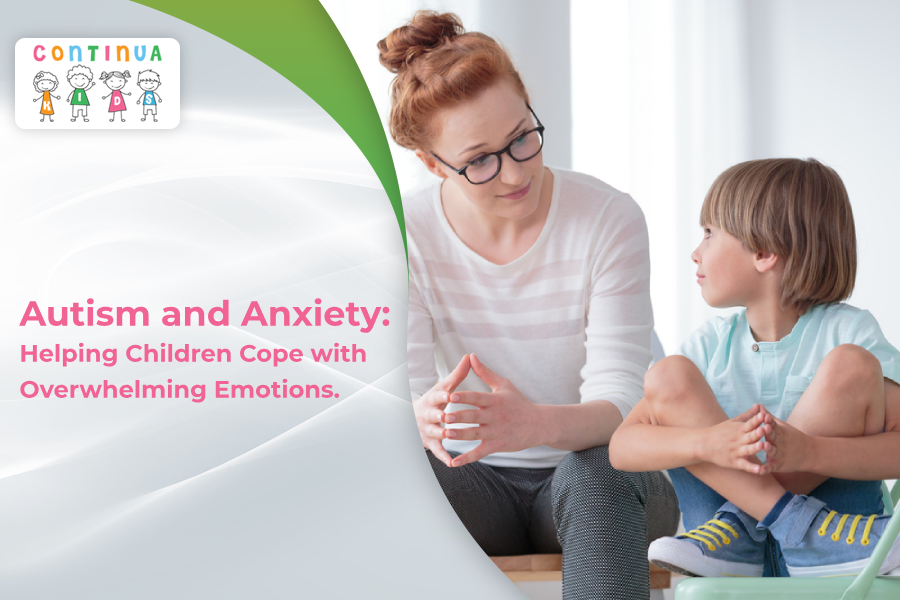Learn about autism: The first step to improving communication with your autistic child is learning as much as possible about the disorder. This will help you understand your child\’s unique needs and perspectives and give you the tools to support their development. Many online resources can help you learn about autism, including books, blogs, and forums. You can also talk to your child\’s doctor or therapist for more information.
Use visual aids: Autistic children often have difficulty processing verbal information and may respond better to visual aids. Consider using pictures, diagrams, and videos to help your child understand what you are saying. For example, you could use a picture schedule to help your child understand the morning steps of getting ready for school.
Speak clearly and slowly: Autistic children may have difficulty processing language, so it is important to speak clearly and slowly when communicating with them. Avoid using complicated words or phrases; give your child plenty of time to process what you are saying.
Avoid using sarcasm: Autistic children can struggle to understand sarcasm and may take your words literally. This can lead to confusion and frustration, so it\’s best to avoid using sarcasm when communicating with your child.
Use positive reinforcement: Positive reinforcement is a powerful tool for improving communication with your autistic child. When your child communicates effectively, reward them with praise, hugs, or other forms of positive reinforcement. This will help build their confidence and encourage them to continue communicating.
Show empathy: Empathy is the ability to understand and share the feelings of others, and it is an important aspect of communication. When communicating with your autistic child, try to put yourself in their shoes and understand their perspective. This will help you connect with them deeper and build a stronger bond.
Be patient: Communication with an autistic child can take time and patience, so it is important to be patient and not rush the process. Allow your child to take time, process what you are saying, and prepare for unexpected setbacks and challenges.
Use non-verbal cues: Non-verbal cues, such as gestures, facial expressions, and body language, can be just as important as verbal communication when communicating with an autistic child. Pay attention to your child\’s non-verbal cues and respond accordingly.
Encourage two-way communication: Effective communication is a two-way process, so it is important to encourage your child to communicate with you. Ask open-ended questions, such as \”What do you think?\” or \”How do you feel about that?\” to allow your child to express themselves.
Seek professional help: If you struggle to communicate with your autistic child, it may be helpful to seek professional help. A speech therapist or psychologist can provide tools and strategies to improve communication and help you understand your child\’s unique needs and challenges.
Conclusion:
Improving communication with your autistic child takes time and patience, but it is critical to their overall development and well-being. By learning about autism, using visual aids, speaking clearly and slowly, avoiding sarcasm, using positive reinforcement, showing empathy, being patient, using non-verbal cues, encouraging two-way communication, and seeking professional help, you can build a strong, supportive relationship with your child and help them reach their full potential.




